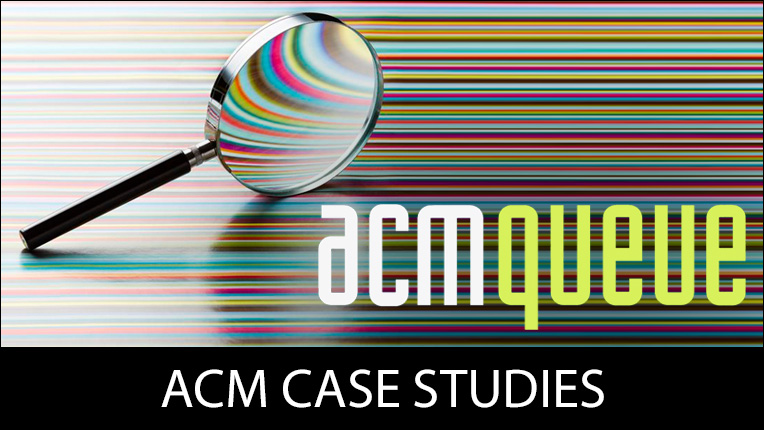Membership Applications, Publications Ads, and House Ads
ACM has developed SIG membership applications and publications ads for each SIG. These ads are good ways of highlighting the SIG and it's products. The ads can also be revenue producers for your SIG. It is recommended to leave blank pages and/or the inside back cover for these ads in each newsletter. A two page proceedings ad can be edited to one page if necessary.
You may designate the positioning of these ads by writing on your submission cover sheet the page number the ad should appear on and/or by putting a blank sheet with your choice of ads in place with the camera-ready copy. The membership applications are updated when dues change or if the SIG leadership requests a change to the descriptions. The proceedings ads are updated throughout the year since proceedings are continually printed. If your page count for your camera-ready copy is not divisible by four, SIG Services will fill the additional pages with these ads. The following pages contain the individual ads that have been prepared for your SIG.
In addition, the ACM Marketing Department provides the SIG newsletter with " house ads" to round off page counts. Examples of house ads include ACM Press Book ads, a variety of ACM member benefit ads, and announcements of new services. The ACM Marketing Department may request ad space in individual newsletters in order to advertise a product or benefit to a select group of members. Your SIG Staff Liaison will call you under these circumstances to request that you set aside space for a specific ad.
Lifelong Learning
ACM offers lifelong learning resources including online books and courses from Skillsoft, TechTalks on the hottest topics in computing and IT, and more.

ACM Case Studies
Written by leading domain experts for software engineers, ACM Case Studies provide an in-depth look at how software teams overcome specific challenges by implementing new technologies, adopting new practices, or a combination of both. Often through first-hand accounts, these pieces explore what the challenges were, the tools and techniques that were used to combat them, and the solution that was achieved.

